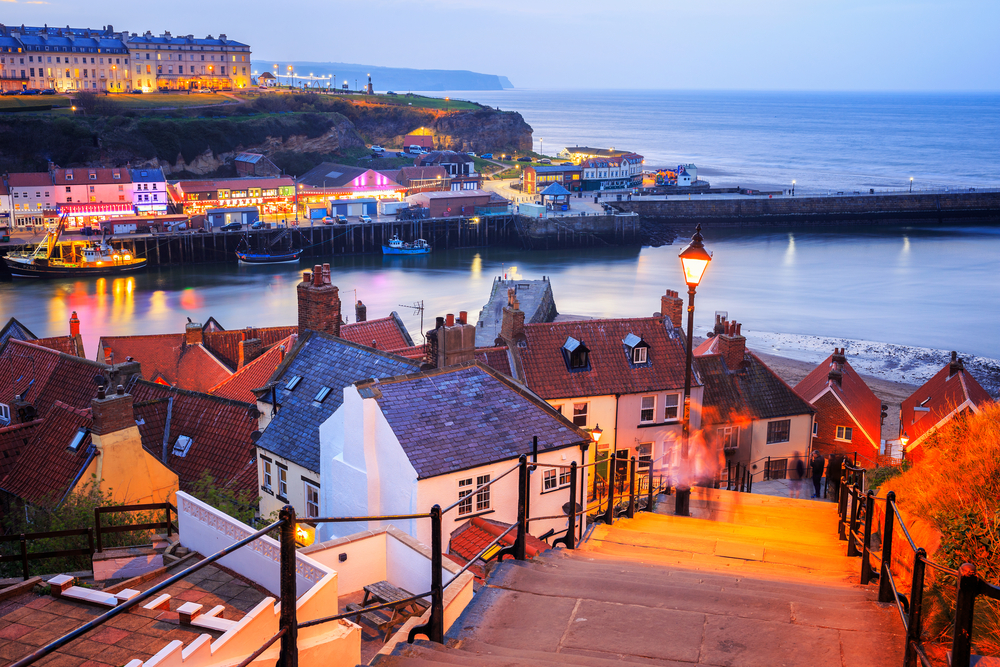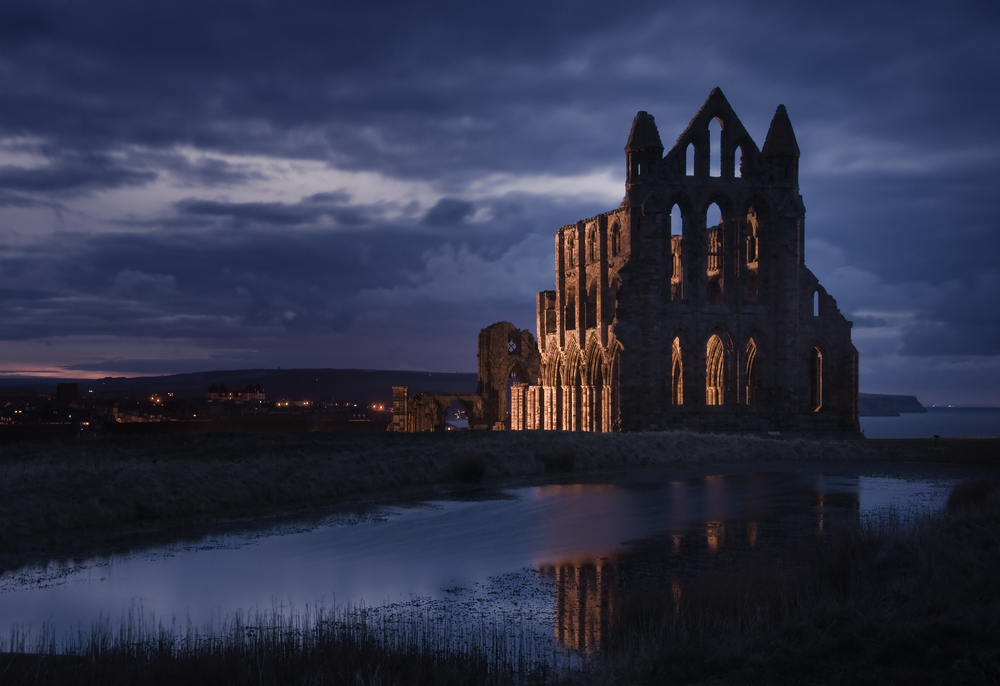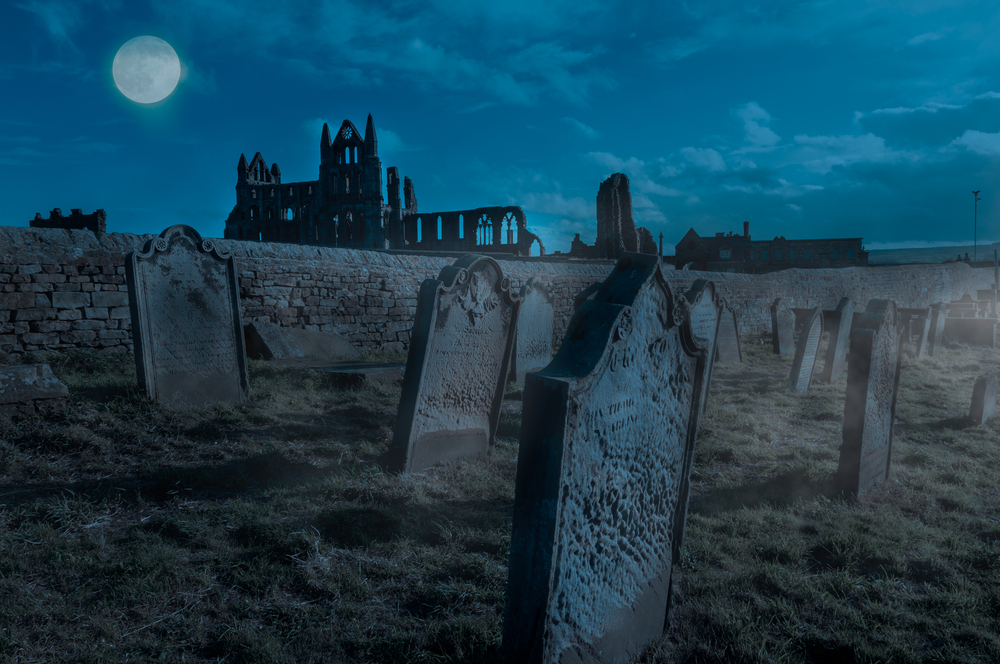Locations to Literature: Whitby
At this point, the character Dracula has transcended the original Bram Stoker novel. Not only has the character made appearances in movies, television, and books outside of the original novel’s context, but Stoker’s vampiric creation has served as an inspiration for horror creators and vampire lore throughout the history of popular culture. But how was this author inspired to create such a compelling story and figure in literary history?

It may surprise you to learn that this dark gothic novel started with what amounts to a summer vacation. Author Bram Stoker took a month-long trip between the month of July and August of 1890 to Whitby. At the time, he worked as the business manager for one of the most famous actors at the time, Henry Irving. Stoker and Irving reportedly had a complicated relationship, one which involved long talks that persisted until dawn as the actor attempted to decompress after a show. It is said that these talks and Irving himself could have provided partial inspiration for the character Dracula. It was actually Irving who recommended a stay at Whitby to Stoker, as he had once run a circus there.
During his stay at Whitby, Stoker lived at 6 Royal Crescent on West Cliff. After a week he was joined by his wife and young son and while it became a family vacation in part, Stoker spent much of his time taking long walks alone along the cliffs and researching his current novel. It was on his walks that Stoker discovered Whitby Abbey, the ruin of a Benedictine monastery founded in the 11th century. The gothic and ruinous nature of the structure inspired the Whitby Abbey described in the famous novel by the character Mina Murray.

Stoker also spent a lot of time at St. Mary’s graveyard, which overlooks the town. At the time, many graves were eroding from the weather on the cliff edge and some were merely headstones marking the empty graves of those lost at sea. He used this area to mark down inscriptions and names for later use, including ‘Swales’ which became Dracula’s first victim at Whitby. He also met some retired seafarers there who gave him a taste of some of the local lore, which is said to have inspired some of the lighter moments in the novel.
On August 8th, 1890, stoker walked to the public library which was at the Coffee House End of the Quay. It was there that he discovered a book titled An Account of the Principalities of Wallachia and Moldovia by William Wilkinson. Wilkinson’s history mentioned a 15th-century prince named Vlad Tepes who impaled his enemies using wooden stakes. He was known as ‘Dracula’, which in the Wallachian language means ‘devil’. You can probably guess how this inspired Stoker, right?

In addition, while staying at Whitby, Stoker heard of a shipwreck that had taken place five years earlier of a Russian vessel called the Dmitry from Narva. The ship ran aground on Tate Hill just below East Cliff. With a slightly rearranged name, the Dmitry from Narva became the Demeter from Varna which carried Dracula to Whitby.
Although Stoker went on to research for six additional years, learning the intricacies of the lands and customs of Transylvania, the original inspiration for much of Dracula came from Whitby. After a test performance as a play called The Undead, the author changed formats after lead actor Henry Irving said he never wanted to see it again. The novel Dracula was published in 1897 and went on to become one of the world’s most well-known and acclaimed classic horror novels.
